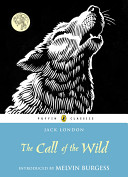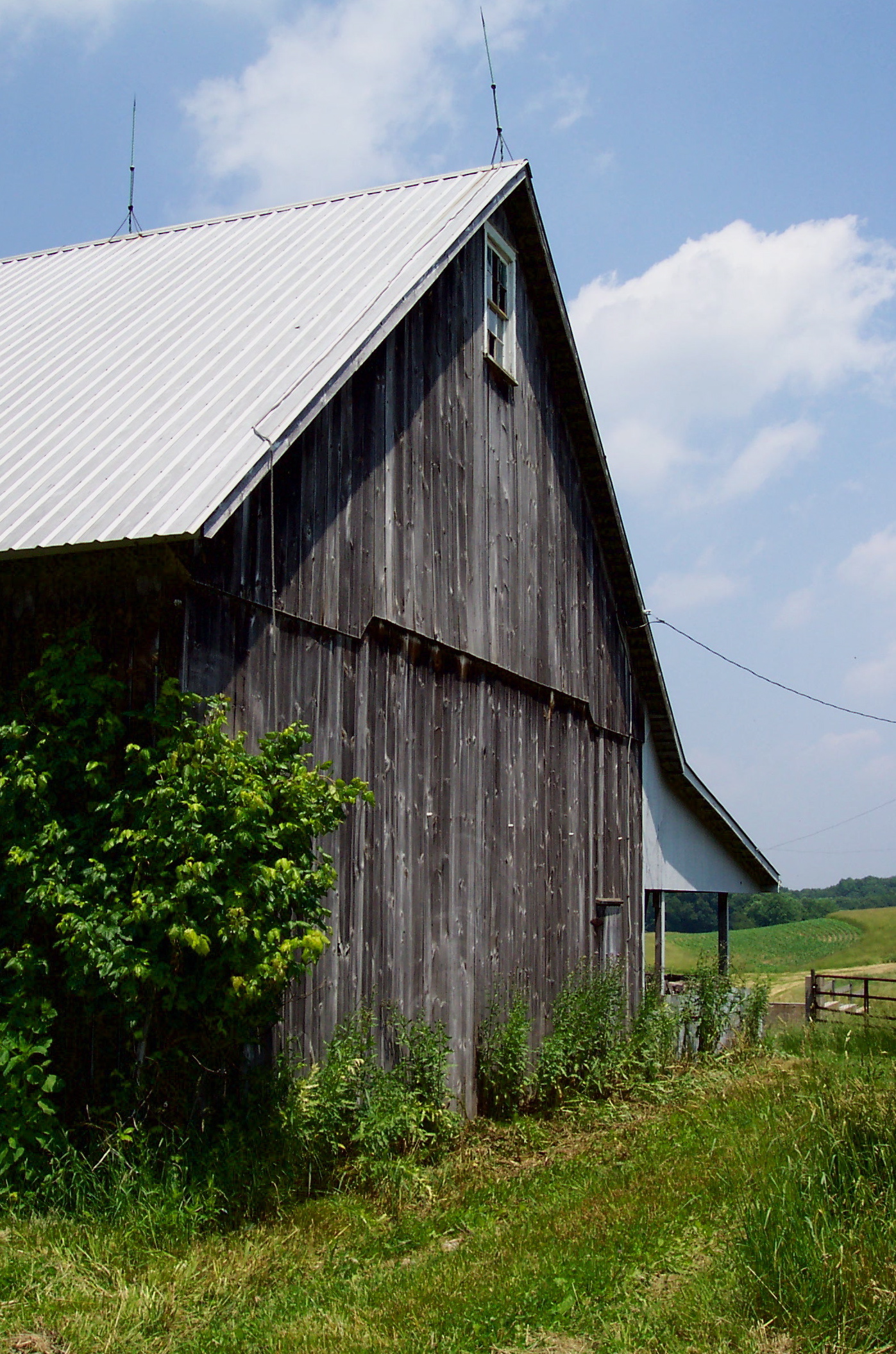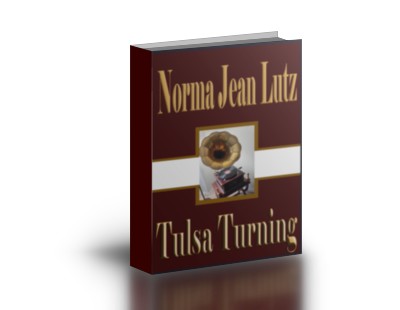Different Approaches to Setting
Every novelist has at least a cursory knowledge or understanding regarding the setting of a story. It’s the geographical place where the story takes place. It’s the time era, and sometimes even the season, when the story takes place. But is that all there is to creating a setting? Could there be more?
 In the different novels that you’ve read, you will agree, some are filled with descriptive setting details, while others use setting as symbolism. Still others give the setting a scanty touch here and there. Then we see novels in which the setting lunges out of the story as a wild antagonist. (Think Jack London’s works.)
In the different novels that you’ve read, you will agree, some are filled with descriptive setting details, while others use setting as symbolism. Still others give the setting a scanty touch here and there. Then we see novels in which the setting lunges out of the story as a wild antagonist. (Think Jack London’s works.)
Is one way the correct way, and others wrong? Not at all. In whatever way setting is handled in your novel, the most vital aspect is that it exudes a sense of place. When the sense of place is clearly portrayed, the reader is joyfully pulled right into the scene (or scenes). Why joyfully? Because this is what novel readers look for and revel in.
Achieve a Sense of Place
How then is sense of place achieved?
One way is to be aware of your setting and determine early on how much power, how much presence, how much effect you want it to have in the novel. Only you can decide that. As with most other novel-writing techniques, don’t assume that your setting will just happen as you write. Your awareness is your control. And you always want to be in control of how the plot is progressing.
Yet another way to achieve sense of place is to practice sense of place. What do I mean by that?
The setting for your novel may be a place you have never visited. That’s okay – it happens more often than not. I’ve only been to New York City once in my life, but my two Tulsa Series Novels, Tulsa Turning and Return to Tulsa were both set in that great city – and the year was 1921! (I’m sure you’ve done the same thing in your novel writing.)
But there are innumerable places where you have visited. Or have lived. Begin with those for your practice. Begin with what is intensely familiar to you — or what was intensely familiar to you in the past — then practice creating sense of place.
Practice a Sense of Place
As an example, I was barely four when my mother divorced my father and she and my  older sister and I returned to my grandparents’ farm in Kansas. I can walk through that farmhouse in my mind and I know the rooms. I remember the warmth of the kerosene heater in the living room and how it smelled. I remember when my uncle and grandfather came in from the fields and the horrific smell (at least to me) of their boots as they removed them at the back door. I can see the scraper beside the door, where they scraped great clods of mud off their boots.
older sister and I returned to my grandparents’ farm in Kansas. I can walk through that farmhouse in my mind and I know the rooms. I remember the warmth of the kerosene heater in the living room and how it smelled. I remember when my uncle and grandfather came in from the fields and the horrific smell (at least to me) of their boots as they removed them at the back door. I can see the scraper beside the door, where they scraped great clods of mud off their boots.
I can walk out to the barn and climb up in the hay mow; I smell the hay and the alfalfa aroma; I hear the wild barn cats skittering away and hear them mew. I can walk over to the concrete water tank and see the water with green scum on top. Mother’s horse Dixie will come over and begin to drink. I can feel the gritty gravel of the driveway under my bare feet. I can see the old gray Ford tractor and can see Grandma driving it wearing her coveralls and her straw farm hat.
By doing this, I not only have a setting, but a sense of place.
Fun; Challenging; Rewarding
I don’t need this setting today. The fact is, I may never need this setting, but I do need the practice of creating a sense of place. All novelists do. It doesn’t take much time. It’s fun, it’s challenging, it’s rewarding. Try it yourself and see if it doesn’t give your novel-setting-muscles a needed workout.
Create your novel setting with clear intention and purpose; create a sense of place to draw the reader into the story. This way you will ensure that your setting will perform exactly as needs to.
~*~*~*~*~*~*~*~*~*~*~*~*~
 Re-release of the fourth book in my Tulsa Series (Return to Tulsa) originally published by Barbour Publishing in 1995, now available on Kindle and Nook. Return to Tulsa is historical fiction set against the backdrop of the 1921 Tulsa Race Riot. Check it out HERE.
Re-release of the fourth book in my Tulsa Series (Return to Tulsa) originally published by Barbour Publishing in 1995, now available on Kindle and Nook. Return to Tulsa is historical fiction set against the backdrop of the 1921 Tulsa Race Riot. Check it out HERE.
~*~*~*~*~*~*~*~*~*~*~*~*~
Are you one of those budding novelists who make a great start but who can’t seem to finish? Then this is for you! Be A Novelist,  Six-Month, Finish-My-Novel Challenge! Six full months of guidance and instruction. Guaranteed to light a fire under your novel-writing attempts and to launch you into a pattern of consistent writing! Details right here!
Six-Month, Finish-My-Novel Challenge! Six full months of guidance and instruction. Guaranteed to light a fire under your novel-writing attempts and to launch you into a pattern of consistent writing! Details right here!
~*~*~*~*~*~*~*~*~*~*~*~*~
Photo credit: © Richard Gunion | Dreamstime.com


